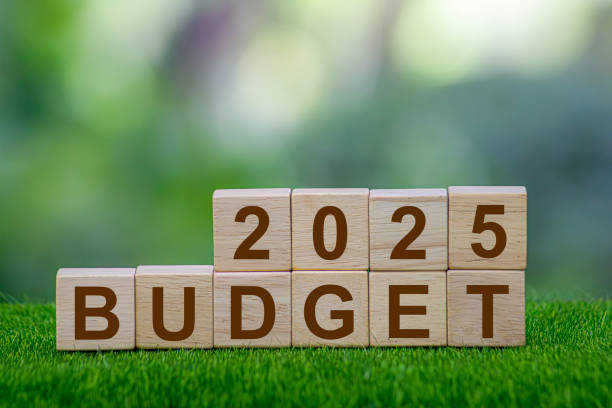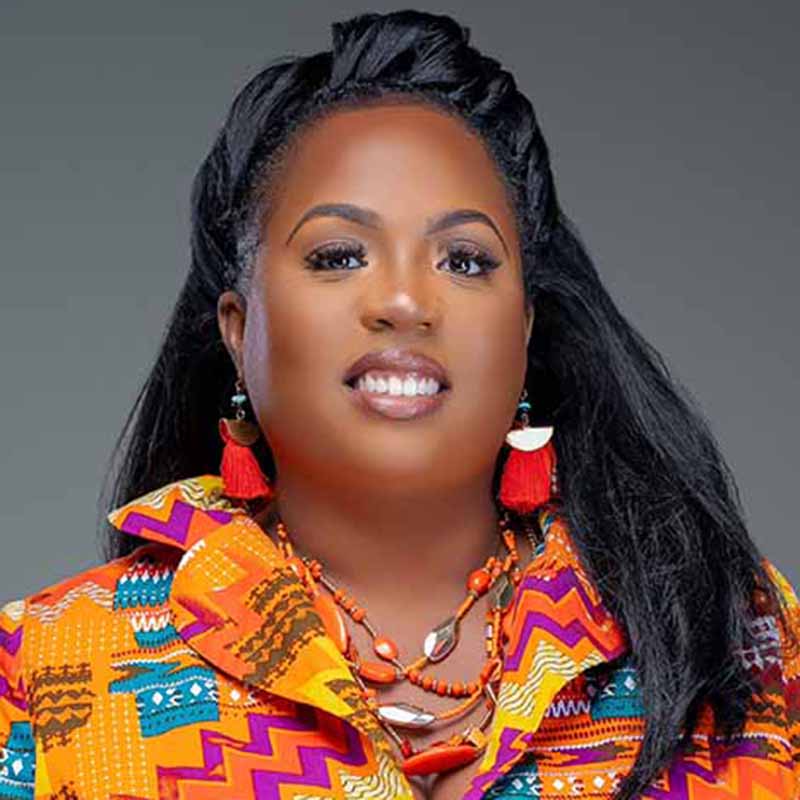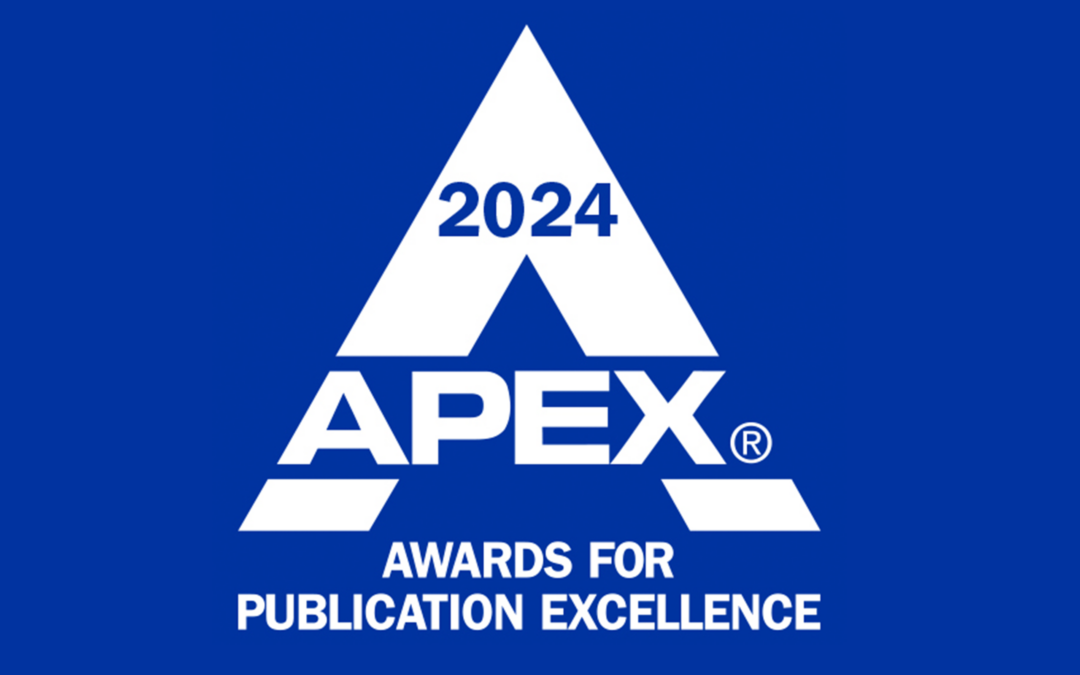Planning your communication and marketing budgets for 2025 requires a forward-thinking approach that embraces data, digital transformation, and consumer-centric strategies. By focusing on personalization, emerging technologies, content marketing, and ongoing flexibility, businesses can maximize their marketing spend and drive sustainable growth in the coming year.
In 2025, data will continue to be a powerful tool for decision-making in marketing and communications. Instead of relying on traditional, blanket budgeting methods, businesses should leverage data and analytics to make more informed decisions about where to allocate resources. By taking a data-driven approach, businesses can better understand their audience, refine strategies, and allocate funds toward high-impact initiatives.
For example, take time to analyze past performance, set clear KPIs, and invest in predictive analytics. This includes looking at conversion rates, audience engagement, and the effectiveness of various communication channels. Establish measurable goals for each marketing initiative, whether it’s brand awareness, lead generation, customer retention, or sales growth. This will help prioritize budget allocation toward the strategies most likely to achieve these goals. Tools that use AI and machine learning to predict trends and consumer behavior will help businesses make more accurate forecasts for the coming year.
With the rapid pace of technological advancements, businesses should allocate a significant portion of their marketing and communication budgets toward digital transformation. Emerging technologies will continue to reshape how brands engage with consumers in 2025, so staying ahead of these trends is essential. Allocating resources toward these innovative technologies not only future-proofs your communication and marketing strategy but also positions your business as a forward-thinking leader in your industry.
In 2025, consumer expectations will be higher than ever. Businesses that prioritize customer-centric marketing, focusing on delivering personalized, relevant experiences, will be better positioned for success. With AI and data analytics, marketers can create highly targeted campaigns that speak directly to customer needs and desires. By focusing on the customer experience and leveraging personalized marketing tactics, businesses will improve engagement, increase customer loyalty, and drive better results from their marketing budgets.
Content marketing also will continue to be a central pillar of business communication strategies in 2025. Consumers are more likely to engage with authentic, valuable content that tells a compelling story. Budgeting for high-quality content creation and distribution will be key to building trust, educating audiences, and driving conversions.
Namely, invest in creating high-quality blogs, whitepapers, eBooks, and case studies that position your business as an expert in your field. These resources provide value to your audience while boosting your search engine optimization (SEO). Encouraging customers to share their own experiences with your product or service can be a cost-effective way to build brand credibility and trust. So, set aside budget for campaigns that encourage reviews, social media posts, and testimonials.
One of the most important aspects of effective budgeting in 2025 is flexibility. Given the fast-changing nature of marketing and communication, businesses should adopt an agile approach to their budgets, allowing for adjustments based on performance, emerging trends, or unexpected events. By regularly reviewing and adjusting your marketing and communication budget, you ensure that you’re making the most of your resources and staying ahead of the competition.
The key is to strike a balance between innovation and efficiency—investing in the right tools and strategies to connect with your audience while maintaining a clear focus on measurable results. With a well-planned and adaptive marketing budget, your business will be well-equipped to succeed in the dynamic marketing landscape of 2025.









